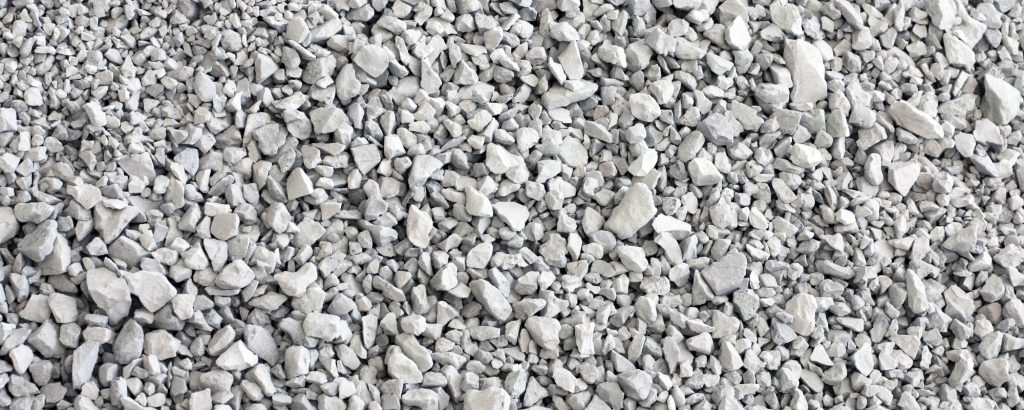
Zeolite Mineral Formation and Distribution of Zeolite Origin
Zeolite mineral have existed on Earth for thousands of years,. There are so many surprises that we are beginning to understand them, through the products of volcanic eruptions.
The Zeolite mineral is a water-rich aluminum silicate of K, Na, Ca, Ba, Sr, and Mg. The prerequisites for the formation of zeolite minerals must be minerals rich in alkali and alkaline earth metals. Worldwide, zeolite is generally found in the younger (mainly Cenozoic, followed by Mesozoic) orogeny with thick deposits and simultaneous volcanic effects, concentrated in the Pacific Rim and The ancient Mediterranean region.
Eastern China is near the Pacific Rim as part of the Pacific orogeny, and most of the zeolite-producing areas found in China are distributed in this region. Cause type of the deposit There are many types of zeolite deposits and inconsistent classification methods.
They can be divided into two categories: endogenous and exogenous zeolite deposits according to their geological causes. The deposit generated by it generally cannot form a large-scale single mineral accumulation and has no industrial significance, And external generating deposits often form industrial mining bodies of important value.
Several representative foreign classification schemes are now listed in the following table:
- The significance of other zeolite deposit types varies from place to place, but more than two complex types often overlap in nature.
- The domestic genetic classification research of zeolite deposits is mainly referring to the foreign classification scheme and combining with the actual situation of its own country. Since 1979, Zhao Zongpu, Xu Bangliang, and so on have summarized and put forward some classification schemes, generally considered as weathering types, hot water types, deposition types (including deposition types related to volcanic substances and not related to volcanic substances).
- Su Mingdi and Dai Changlu of Institute of Geology, Chinese Academy of Sciences in “Geological Science” (1983.4, No.2) The article “Geological characteristics and causes of zeolite in Mesozoic volcanic rocks in eastern China” points out that zeolite in Mesozoic volcanic rocks in eastern China is mainly formed by volcanic ash, ash flow and volcanic lava landing or spraying in freshwater lake basin or land, infiltrating underground water or hot water in the “open system”.
How does a zeolite mineral form? Where is the distribution site of the zeolite mineral?
In the freshwater lake basin far away from the volcanic passage, the glass fragments in the pyroclastic rock reacted with the water medium in the diagenesis process to form the zeolite rock, which is characterized by the production of clinoptilolite, which is mostly layered and similar. It has the characteristics of large scale and relatively uniform quality, such as the zeolite rocks in Hailin County, Boli County, Weichang County, Xuanhua County, Yu County, and other places in Heilongjiang Province.
The vitreous volcanic lava and some accompanying volcanic clastic rocks not far from the volcanic passage were formed by reacting with groundwater or hot water in the late stage of volcanic activity, which is characterized by the production of mordenite. Most of them are lenticular and layered, most of which are small in scale and uneven in quality, such as the two types of zeolite rocks in Jinyun County, Zhejiang Province, Jiutai County, Jilin Province, Zhangwu County, Liaoning Province, and Xuancheng County, Anhui Province. The genetic subtype may have industrial significance.
Molecular Sieve is one of zeolites products. It is made by synthetic processing, Not natural.
Reference
- Focus on Future Development Of Soil Amendment
- What is the Best Soil Amendment with Zeolite?
- How does zeofill compare as Zeolite Soil Amendment
- How To Choose a Safe And Pure Soil Conditioner
- 4A Zeolite was used in the Detergent
- Uses and Benefits of Zeolite Minerals
- Development of zeolites in the field of human body
- What is the Best Zeolite?
- How does zeolite compare in animal feed mixes?
- How to use natural zeolite in livestock?
- Clay minerals – Zeolite Rock from Nature World
- Strong Zeolite Absorbent Improves LNG and LPG Production by CO2
- Zeolites offer additional advantages as turf fills
- What are Zeolite Antimicrobials?
- Discovery: New Function of Zeolite – Drug-Removing Properties
- characteristics and origin of natural zeolite
- Where to buy bulk zeolite sand from?
